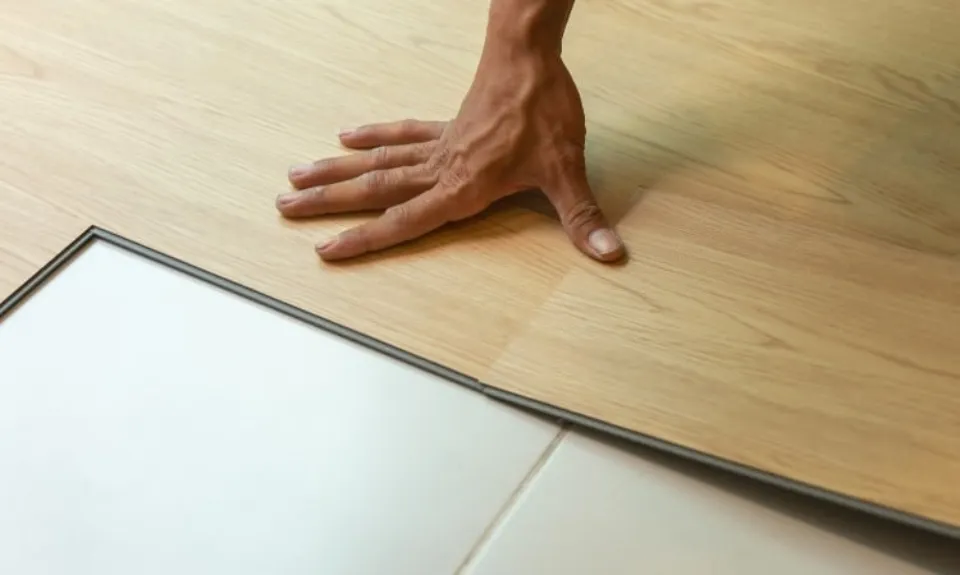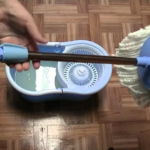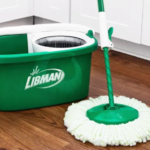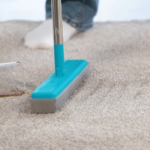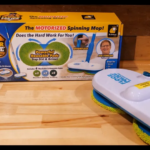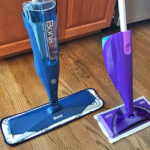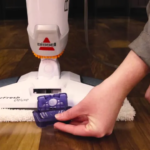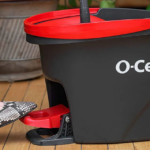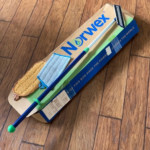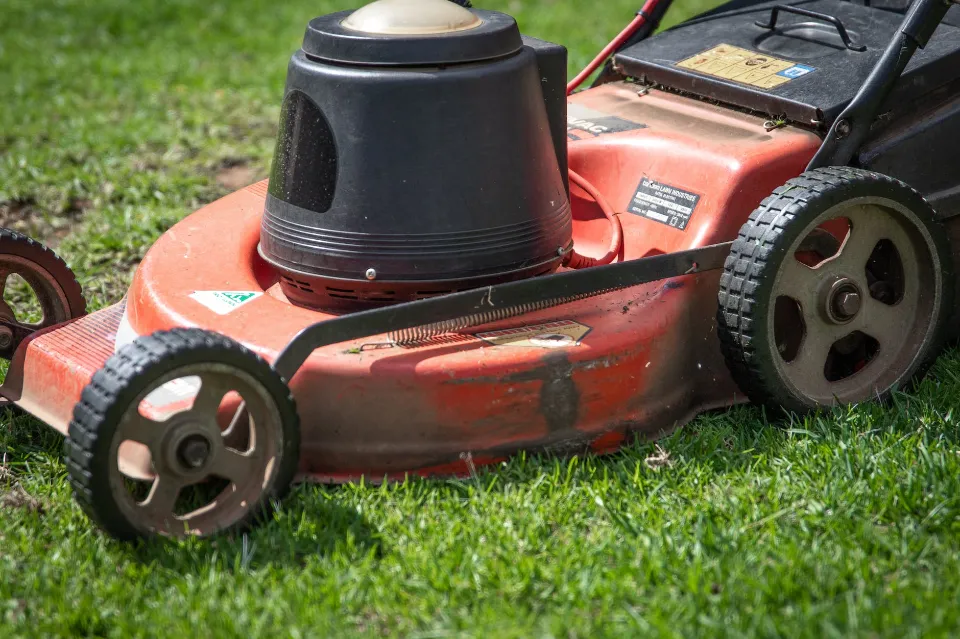It’s critical to select long-lasting materials when selecting a flooring option for a home project. Because it is sturdy and affordable, vinyl plank flooring is becoming more and more popular. It also comes in different styles to fit perfectly in the room’s theme.
If the grout lines between ceramic and porcelain tiles are very thin, vinyl flooring can be put down directly over them. Almost any hard flooring material, including tiles, can be covered with vinyl.
Before you start installing the flooring, let’s look at some other materials you could lay the flooring over, the benefits of vinyl flooring, and how to apply vinyl flooring & maintain vinyl flooring.
Installing Vinyl Flooring Over Tiles: Is It Possible?
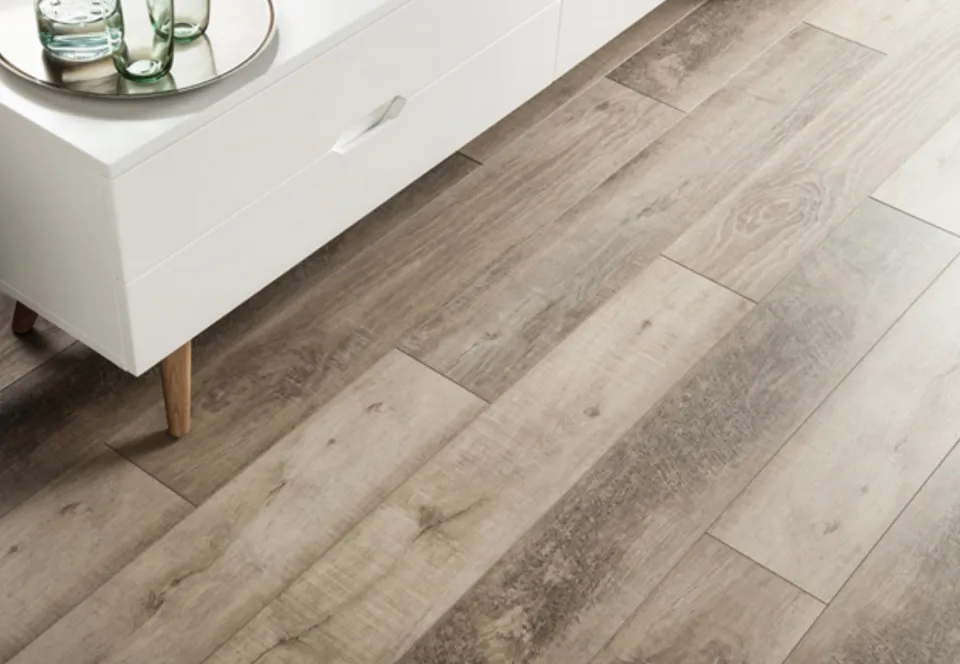
High-quality vinyl can now be used as an affordable and long-lasting flooring option thanks to recent advancements in the manufacturing process. This material has steadily gained popularity over the last few years – in 2018, the market size for vinyl flooring reached $25.6 billion. Up until 2025, this value is projected to rise by 7.4% annually.
Vinyl flooring can be installed over existing flooring in a room that needs remodeling if the surface is still flat, smooth, and tightly sealed. Vinyl planks can be easily installed over ceramic tile in rooms that currently have ceramic tile flooring.
Preparing the Floor
When installed over the pre-existing tiles, it’s crucial to measure the height of the new vinyl flooring. Too-high new floors can have an impact on the room’s other structures. For example, if the new flooring height requires too much vertical space, doors and cabinets might not open properly. It is preferable to install the vinyl first and then remove the tiles if this occurs.
If the other structures in the room are unaffected by the new height, start checking the tiles for cracks and large gaps. In order to prevent the installation of the vinyl flooring from being negatively impacted, it is essential that the existing floor be in excellent condition and have an even surface.
Patch any harmed or broken tiles first with tile mortar. Examine the grout between the tiles as well; if it’s too deep, you can feel it right through the vinyl. How well the vinyl adheres to the tiles can also be influenced by the grout lines. In the event that the grout lines need to be fixed before applying the vinyl over the tiles, there are tile grout mixtures on the market.
Installing the Vinyl
It’s time to lay the vinyl floors on top of the prepared tiles. It is best to select thicker vinyl planks if you decide to use them. These materials are less likely to sink into the grout lines of the tile subfloor despite being slightly more expensive than the thinner vinyl planks.
Consider vinyl planks with an easy-lock system as an alternative to glue-down vinyl flooring. It costs about as much to install the glue-down vinyl as it does to have the tiles taken out first. The tile subfloor must first have a skim coat applied over it before the adhesive can be applied and the vinyl can be installed.
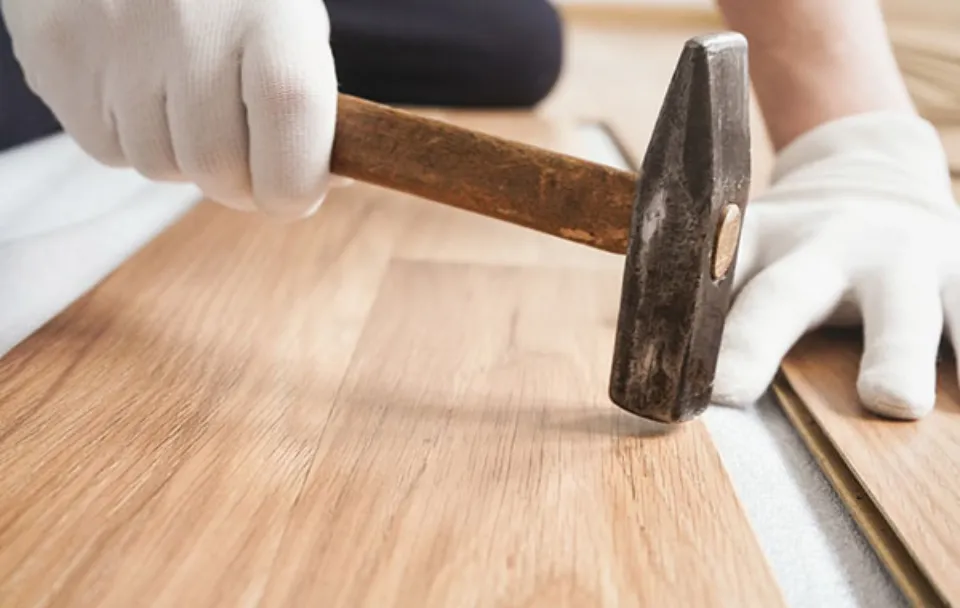
Why You Should Replace the Tiles With Vinyl Flooring
Because it requires little maintenance and is long-lasting, vinyl flooring is a great choice for various rooms in a home. They are a great option for bathrooms, basements, and kitchens because they are waterproof as well.
If you’re considering changing the tile floorings at home, here are a few reasons why vinyl is the right pick:
- Over most other types of flooring, vinyl planks are more affordable. Additionally, installing them in a home doesn’t cost a lot of money or effort.
- Ceramic tile can become cracked with time. Children and pets at home are less likely to damage vinyl flooring.
- Vinyl can mimic the appearance of a variety of surfaces, including wood, stone, brick, tiles, and more thanks to the photographic technology used in its production.
- There is no need to wait for the floors to dry after the vinyl planks have been installed. Following the installation of the vinyl, homeowners can begin using the space.
- Vinyl flooring is simple to take out, making it a great option for someone who frequently remodels their home to keep up with fashion trends.
Vinyl Flooring Options and More at Zothex Flooring
A large variety of premium vinyl flooring products are available from Zothex Flooring. Our professionals have been continuously practicing their craft since 2004. We can help find the perfect flooring option according to your needs and preferences.
Need a flooring contractor for your home improvement project? High-quality products and services are available from Zothex Flooring for your use.
Is Installing Laminate over Tile Different That Vinyl Floor Over Tile?
Installing laminate is very similar to installing vinyl if the latter is done in planks. more so if the vinyl has a tongue and groove rather than being a peel-and-stick plank vinyl. Thus, it is possible that it will be identical. (Read More: 10 Best Mop For Laminate Floors – Best Ways to Clean)
Although laminate is thicker, all tongue and groove systems require the same installation procedure. Thus, once you’ve completed one, you’ve completed them all! Hopefully, this gives you more confidence to install your vinyl over tile.
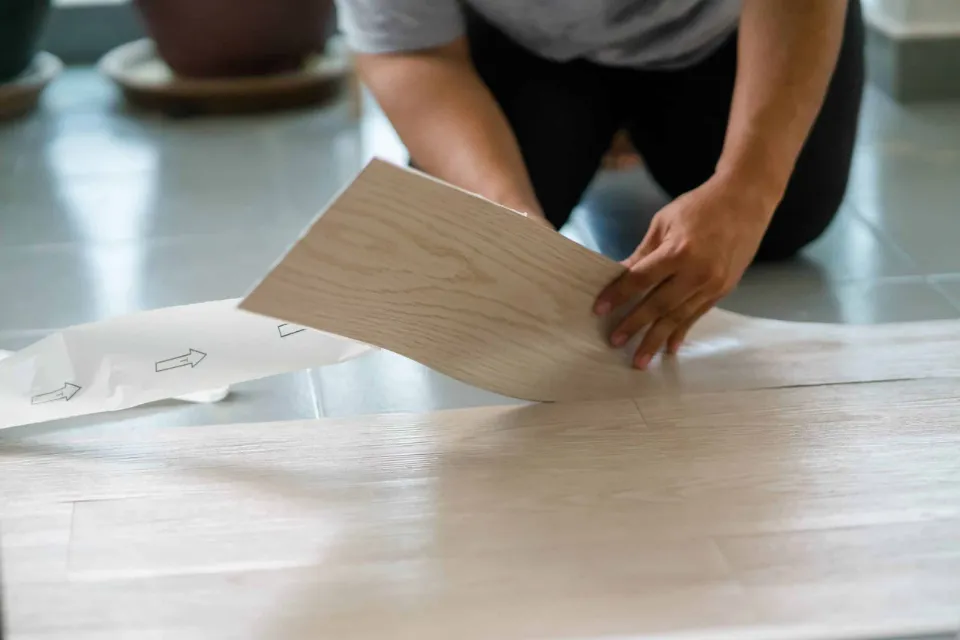
Before You Begin Installing the Vinyl Flooring
Before you start with laying down the flooring, there are a few things you need to do:
To make sure there are no flaws, inspect the substrate or base. If it’s not appropriate, you must make one. It is advised that you use a MDF particle board or a large format board as a substrate. This will lessen the possibility of holes, gaps, or even wide seams under the vinyl flooring.
The grout lines of the tiled area must be raised to be even with the tile floor if you are installing over a tile floor. You run the risk of those lines showing through the vinyl flooring if you don’t make sure all seams are level with the existing floor.
Finally, you should take into account the possibility that the old flooring had high or low spots. Making sure that you sand down the high spots and fill in the lows spots is vital to a successful installation of the vinyl flooring.
Maintenance of Vinyl Flooring
Vinyl flooring requires regular maintenance. This includes:
- Picking up loose dirt, vacuuming, and sweeping
- Putting a rug down by the doors so people can wipe their feet before coming in
- Adding an area rug for high traffic areas, runner for a hallway, and a stair runner for stairs
- Wipe up spills as soon as they happen so they don’t seep into the floor
- For floor cleaning, avoid using soap or detergents. For a list of approved cleaning agents, consult the manufacturer’s guide.
Read More: White Stair Risers vs Wood
Conclusion
Vinyl flooring is very durable and has a really nice appearance without the high cost of wood floors. If there are no problems with the joints and the floor is level, it is frequently simpler to install over tile. The last easy way to transform a home’s appearance and make it more attractive is by updating the flooring.
FAQs
Should You Remove Tile before Installing Vinyl Flooring?
You should first remove the existing tile if installing the vinyl planks over it creates a problem of that nature. However, you can usually skip removing your tile floor and proceed directly to the next preparation step.
Can You Put Vinyl Flooring over Old Tiles?
The short answer is yes, you can install vinyl flooring over existing tiles.
Can You Put Vinyl Flooring over Top of Ceramic Tile?
Other flooring types you can most often install vinyl flooring over include: Ceramic or stone tile: In most cases, vinyl plank flooring can be installed directly over ceramic tile. Wide ceramic tile seams can cause vinyl flooring to dip, so broken or missing tiles should be replaced.
Check the following mop reviews before buying!
The Mr. Clean Spin Mop heads work best for dust mopping and absorb too much water for wet mopping. But wringing out the mop is extremely difficult.
When it comes to surface exposure, the Libman Tornado Twist Mop is a far better option than sponge mops. Even with vigorous scrubbing, you can clean with it effectively.
Mighty Thirsty Mop is a quick-absorbing mop made of polymer. Its thin mop head can fit underneath furniture and into other small spaces around the house.
If you have the Floor Police Motorized mop, you can quickly and easily spin away that dirt! The spin mop that does all the work for you is a cordless, lightweight product.
The cleaning efficacy and usability of the Bona Spray Mop are its greatest benefits. Use it to maintain the floors in between more thorough moppings.
With the Bissell PowerFresh steam mop, you can mop more effectively while saving money and combining convenience and power.
O Cedar Mop is incredibly shaky and spills way too easily. If you have to pick up the clean water tank, it will stop spinning and be inoperable.
The H20 X5 Mop won our comparison as the most adaptable mop. This mop effectively removed stains from the floor that had been there for several hours.
The Norwex Mop is available in two sizes (large and small) and three different mop pads. The system is easy to use if you follow the directions.
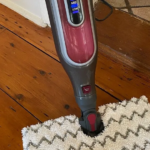
The Shark Steam Mop is a cheap steam mop that does a good job of sweeping and disinfecting floors. This Shark steam mop is a lightweight, simple-to-use steam cleaner.

